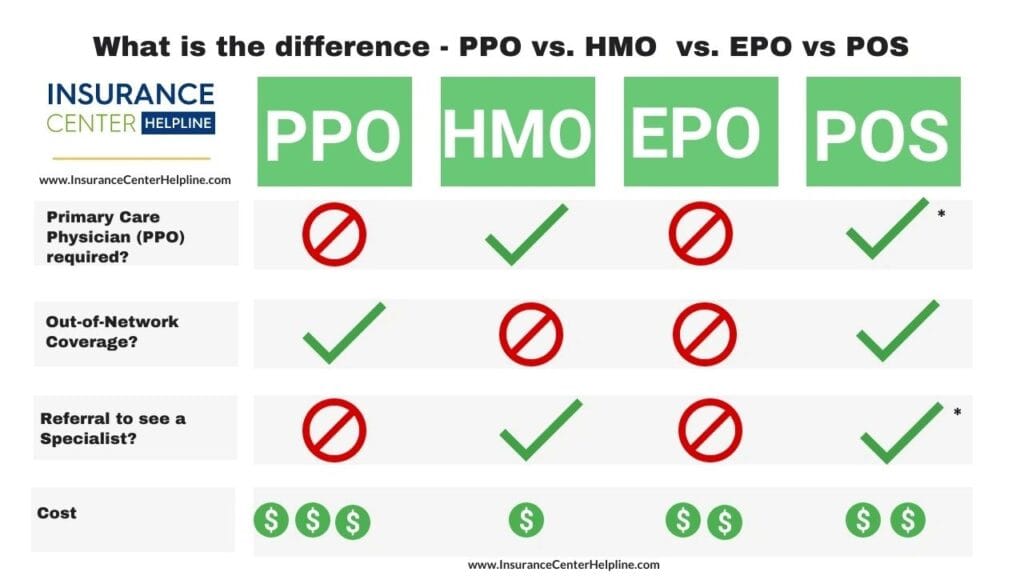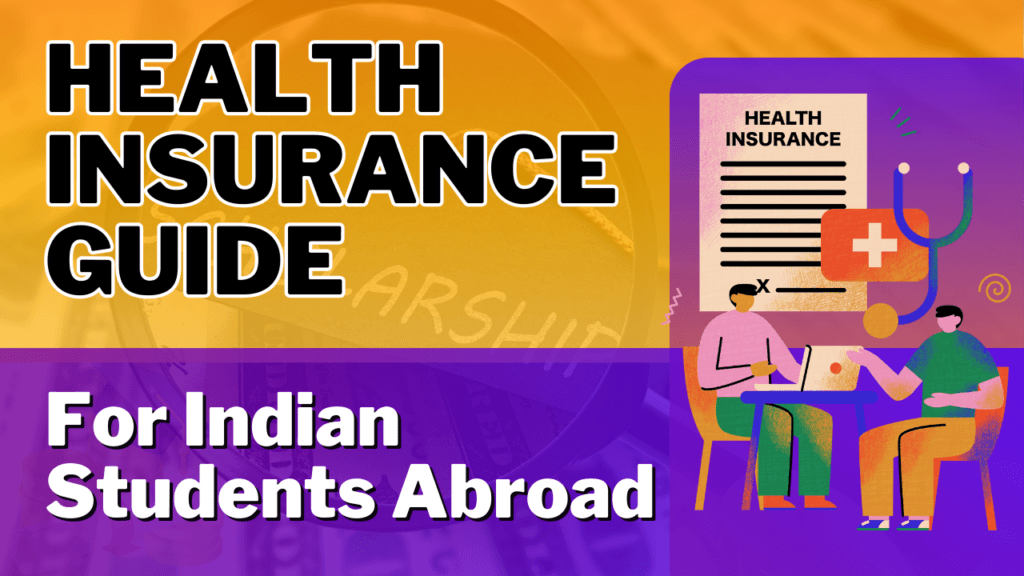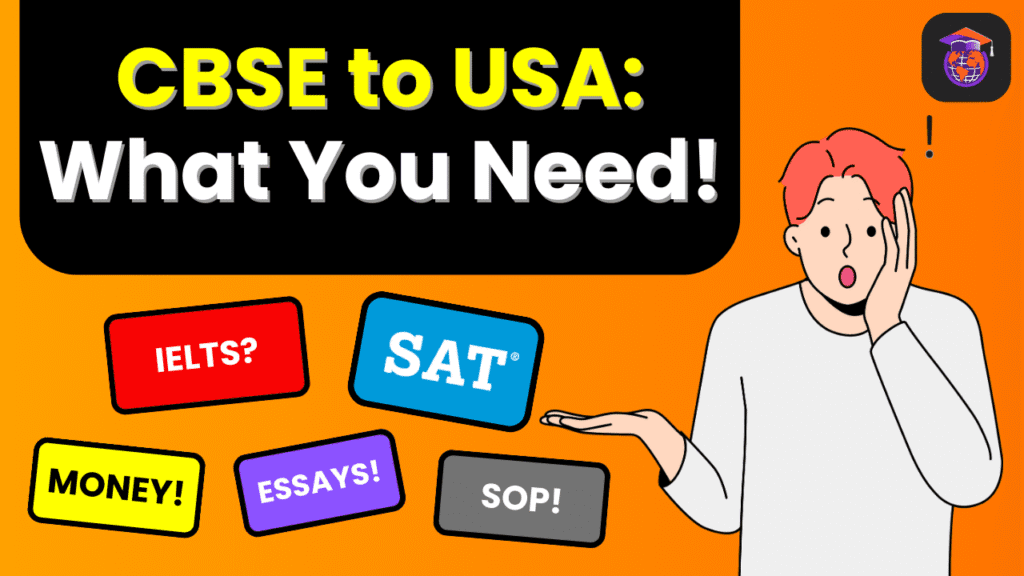Table of Contents for this study abroad blog
Introduction
They say Indians scam you upfront but the USA will scam you legally. If you don’t want this to be you then read ahead 😉
The discussion of health insurance usually comes much later in the process of applying abroad for Indian students (as it should). If you’re still giving your standardised tests, check out our guides to streamline the process on SAT vs ACT and IELTS vs TOEFL
But the big issue is that we tend to forget about it completely, making living in the US an actual living hell. People opt for a cheap one at the last minute without reading the fine script – and then disaster strikes. Seriously imagine having to pay 5000 USD for a simple sprained ankle (that is 4.2 lakh INR)
Why Health Insurance Matters for Indian Students
It is common knowledge that you need to register for health insurance if you even want to apply for an F1 visa as an Indian student.
On top of that, no college in the USA will let you in without University Health insurance or equivalent insurance. Yes, it is costly because the US healthcare system is completely privatized. But without it, even a simple monthly checkup leaves you broke.
Imagine just slipping on the road and accidentally breaking a bone. The following hospitalization can cost you up to 30,000 USD!! (25 Lakh INR) . This is literally an entire year’s tuition fee in the US. Most students don’t even consider this when budgeting. If you’re trying to maximise your cost efficiency, we have a guide for you here : https://www.abroadforbetterfuture.live/post/how-to-study-in-usa-for-free
The Do’s
- DO YOUR OWN RESEARCH. Don’t just go for university insurance because it’s easy.
- Compare your options based on deductibles and co-pay/co-insurance.
- Read through the whole terms and services page if possible
Use American Visitor Insurance to compare the best insurance plans.


The Don’ts
- DO NOT go for any public health plans like Medicaid. Opting for such will immediately redact your visa
- Do not opt for Indian international insurance. They often have a small network and do not provide full coverage – for not that much cheaper.
- Do not skip the health protocols from your college/university. Admission is not allowed without the proper vaccination and shots.
- DO NOT buy travel insurance, or other really cheap insurance that will be advertised to you. Most of these are scams.
Types of Health Insurance in the USA for Indian Students
Broadly speaking, there are two sorts of Insurance plans for Indian students going abroad. However Private plans have various schemes – which makes it the most complex healthcare system in probably the whole world.
University Insurance Schemes:
Most Universities have an on-campus clinic, which is of great quality (comparable to private ones), but costs from 500 – 1000 USD. And on top of that, it’s not open 24/7. So if you’re living away from the university and face an accident – you’re in trouble.
Private Health Insurance plans in USA for Indian Students :
Health maintenance org (HMO)– The most common. Low premium. Small in-network of registered hospitals. Must be referred to by PCP (personal care provider)
Preferred provider org (PPO) – Has higher premiums. A large network, and you can visit out-of-network sources too (costlier). Don’t need PCP to refer.
Exclusive provider org (EPO) – Same as HMO, but no PCP required
Point of service (POS)– You need to have a PCP, but you can go out of the network if they refer you.

Key Considerations for Choosing a Plan
These are mostly the specific terminology that will help you choose the right plan for you. Each of these is a section in the package that you MUST investigate before buying it. Buckle up because it is complicated.
You must remember the key agreement of any health insurance – some of your medical bill is paid by the insurance, the rest by you ONLY AFTER YOU HAVE MET THE DEDUCTIBLE.
Premium
The amount you need to pay the health insurance company monthly as per the agreement
Deductible
The amount you need to be billed (and pay) before insurance actually kicks in. Say your bill is 500 USD, and your deductible is 5000 USD. The Insurance doesn’t do anything. If the bill was 5500 USD, insurance ONLY pays for the 500 dollars. The amount in your deductible stacks up with each payment. Usually – the larger the premium, the lower the deductible.
Co-pay/Co-insurance
This is the share of the bill you and the Insurance pay. Cheaper plans may also have lower co-insurance to compensate for say the 0 USD deductible (they pay 60% of the bill while you pay 40% of it).
Expensive plans may have a co-pay even up to 100% (do note some companies are really messed up, using the 100% to mean YOU co-pay 100% of the amount). Co-paid amounts before the deductible are NOT considered part of the deductible.

Out of the Pocket Maximum
This is the maximum amount you may have to pay the Insurance, in case of any number of ailments. No further bills need to be paid to the company once this limit is reached, and FINALLY, they pay for everything. Hence this is what you should truly consider the ‘cost of the insurance’.
Out of network
These are the institutes that your insurance DOES NOT COVER. So your bills will not count towards your deductible nor your out-of-pocket maximum
Drug tiers
Based on the costs of pharmaceuticals drugs are sorted: tiers 1 through 4. These are decided on the following group criteria :

Drug formulary
If the drug tiers of your company are too convoluted, check their drug formulary – which is a list of every prescription drug that your plan covers. (These are extremely convoluted but hey at least you’ll know which tier each drug belongs to)
If you’re already aware of the type of medication you’ll be needing, say you’ve been diagnosed with some serious disease, see if your drugs are covered BEFORE applying for that insurance.
Open Enrolment
Nov 1st to Jan 15th is when almost everyone can change their insurance plans (although this time frame depends on the state). Otherwise you just.. cannot change. You will be stuck with your insurance till the next year. This is unless you have a QLE
QLE (qualifying life event)
These are events like the death of a family member, losing a job, etc. Essentially it’s a special enrolment period, and 6 months time before or after the event – you can change your health insurance.
CONCLUSION
Once you’ve gotten your admission – people think the process of shifting abroad is smooth sailing. This is definitely not the case and health insurance in the USA is surely one of the biggest brick walls in the way for Indian students. Follow these steps that we summarized for you to get the best experience choosing your health insurance 😉

- Conduct thorough research beyond university-provided plans.
- Skip travel insurance or suspiciously cheap plans, as they might not provide adequate coverage.
- Premium: Monthly payment to the insurance company.
- Deductible: Amount you pay out-of-pocket before insurance kicks in.
- Co-pay/Co-insurance: Your share of medical costs after meeting the deductible.
- Out of Pocket Maximum: The maximum you will pay annually before insurance covers everything.
And hey, read up on some insane Indian success stories to get motivated here!
FAQ
- Q) Why is health insurance important for Indian students in the US?
- Healthcare costs in the US are exorbitant. Without insurance, a simple injury or illness can lead to significant financial burden.
- Most universities require proof of health insurance for enrollment and visa purposes.
- Q) What should I consider before choosing a health insurance plan?
Do’s:
- Conduct thorough research beyond university-provided plans.
- Compare deductibles and co-pay/co-insurance terms.
Don’ts:
- Avoid public health plans like Medicaid to maintain visa eligibility.
- Skip travel insurance or suspiciously cheap plans, as they might not provide adequate coverage.
- Q) What types of health insurance plans are available for Indian students in the US?
- University Insurance Schemes: Provided by universities, these may have limited coverage outside campus.
- Health Maintenance Organizations (HMOs): Require a primary care provider referral and offer lower premiums.
- Preferred Provider Organizations (PPOs): Higher premiums but a larger network including out-of-network options.
- Exclusive Provider Organizations (EPOs): Similar to HMOs but without needing a referral.
- Point of Service (POS): Requires a primary care provider referral but allows out-of-network visits.
- Q) What are the key considerations for choosing a health insurance plan?
- Premium: Monthly payment to the insurance company.
- Deductible: Amount you pay out-of-pocket before insurance kicks in.
- Co-pay/Co-insurance: Your share of medical costs after meeting the deductible.
- Out of Pocket Maximum: The maximum you will pay annually before insurance covers everything.
Abroad For Better Future is an amazing study abroad community for Indians.
We don’t ask MONEY for the information we provide. We aim to help other Indian students in fulfilling their study abroad dreams by providing the right info. If you are a prospective Indian student, you can join our cohorts (WhatsApp groups, it’s FREE) to get access to:
Fill up this form and we will let you know if you are abroad. And if you know anyone interested but confused about how to go abroad, kindly refer us. We would really appreciate your support.
In case you are in doubt about Can You Beat the High Cost of AP Exams?
Feel free to read this: Guide to Indian Government Scholarships for Studying Abroad After 12th Grade
Hope your study abroad dreams get fulfilled and you stay connected with family for Indian students












